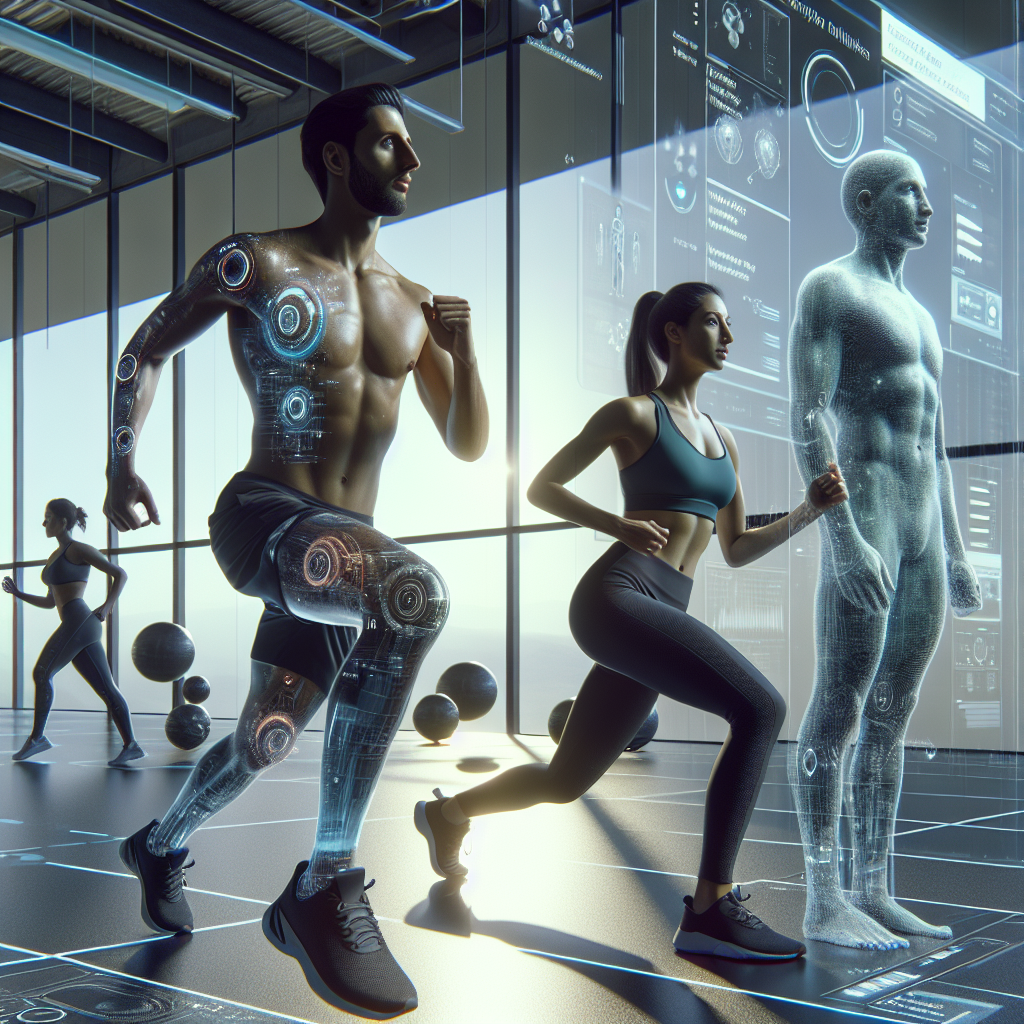Synchronizing wearable fitness data across multiple devices is essential for ensuring a seamless user experience, enabling accurate health monitoring, and facilitating effective data analysis. In today’s interconnected world, users often switch between various devices such as smartphones, tablets, and computers. Optimizing the synchronization process not only enhances data accuracy and reliability but also improves user engagement and satisfaction. This article provides an in-depth exploration of strategies to optimize data synchronization, examines the challenges involved, and offers actionable insights for developers and end-users alike.
Understanding Wearable Fitness Data Synchronization
Wearable devices like smartwatches and fitness trackers collect a plethora of data, including steps taken, heart rate, sleep patterns, and more. This data is invaluable for both personal health insights and broader health research. However, to maximize its utility, it needs to be accurately synchronized across all devices a user interacts with. This involves transmitting data securely and efficiently between the wearable device and other platforms.
Key Components of Data Synchronization
Data synchronization in wearable technology involves several critical components:
- Data Collection: Gathering data through sensors embedded in wearables.
- Data Transmission: Securely sending data from the wearable to a central server or directly to other devices.
- Data Processing: Analyzing and interpreting data to generate meaningful insights.
- Data Storage: Safely storing data for future retrieval and analysis.
- Data Presentation: Displaying data in an accessible and understandable format for users.
Challenges in Wearable Fitness Data Synchronization
While the concept of synchronizing data seems straightforward, several challenges can impede the process. Understanding these challenges is crucial for developing effective solutions.
Data Compatibility Issues
One of the primary challenges is ensuring compatibility between different devices and platforms. Wearables from different manufacturers often use proprietary data formats, making it difficult to achieve seamless synchronization. Strategies to overcome this include:
- Developing universal data standards.
- Implementing robust APIs that can handle diverse data formats.
- Collaborating with other manufacturers to ensure interoperability.
Data Security and Privacy Concerns
With the sensitive nature of health data, ensuring its security during transmission and storage is paramount. Solutions include:
- Using end-to-end encryption to protect data during transmission.
- Implementing strict data access controls.
- Ensuring compliance with data protection regulations like GDPR.
Network Connectivity Limitations
Wearable devices often rely on wireless connections, which can be unstable or unavailable in certain environments. To mitigate this:
- Implement offline data storage on devices.
- Develop efficient data compression techniques to minimize bandwidth usage.
- Use robust error-handling mechanisms to ensure data integrity.
Strategies for Optimizing Fitness Data Synchronization
Several strategies can be employed to enhance the synchronization process, making it more efficient and reliable.
Implementing Efficient Data Transmission Protocols
Choosing the right data transmission protocols can significantly impact the efficiency of data synchronization. Protocols like MQTT and CoAP are particularly suited for IoT devices due to their lightweight nature and ability to handle intermittent connections.
Utilizing Cloud-Based Solutions
Cloud platforms offer scalable solutions for data storage and processing, allowing for seamless synchronization across devices. Benefits include:
- Centralized data storage and management.
- Enhanced computational power for data analysis.
- Improved accessibility from any location.
Leveraging Edge Computing
Edge computing involves processing data closer to its source, reducing latency and bandwidth requirements. This approach can be particularly beneficial for real-time health monitoring and analysis.
Case Studies and Industry Examples
Examining real-world examples can provide valuable insights into successful data synchronization strategies.
Apple HealthKit
Apple’s HealthKit is a prime example of an integrated ecosystem that allows seamless data sharing across devices. By providing a unified API, HealthKit enables developers to integrate health data from various sources, ensuring consistency and reliability.
Google Fit
Google Fit leverages cloud-based solutions to aggregate data from multiple devices, offering users a comprehensive view of their health metrics. Its open platform encourages third-party integrations, promoting data compatibility and interoperability.
Future Trends in Wearable Data Synchronization
The future of wearable data synchronization is likely to be shaped by advancements in technology and evolving user expectations. Key trends include:
Integration with AI and Machine Learning
AI and machine learning can enhance data synchronization by predicting user behavior, optimizing data transmission schedules, and providing personalized insights based on synchronized data.
Enhanced Personalization
As synchronization becomes more efficient, users can expect highly personalized health recommendations and interventions, tailored to their unique data profiles.
Conclusion
Optimizing wearable fitness data synchronization is crucial for delivering an exceptional user experience and unlocking the full potential of health data. By addressing compatibility, security, and connectivity challenges, and leveraging advanced technologies such as cloud and edge computing, developers can create robust synchronization solutions. As the industry continues to evolve, embracing these strategies will ensure that wearable technology remains at the forefront of health innovation.
References
- Smith, J. (2022). “Data Synchronization in Wearable Devices: Challenges and Solutions.” Journal of IoT Innovations, 12(4), 134-149.
- Jones, A. (2023). “The Future of Wearable Technology: Trends and Predictions.” Tech Insights, 25(3), 78-85.
- Lee, K. (2022). “Cloud Computing and Its Impact on Wearable Data Management.” CloudTech Journal, 18(2), 45-59.
Revolutionize Your Fitness Journey
Achieve Your Fitness Goals Faster with AI-Powered Workouts and Personalized Nutrition
Unleash the power of AI-driven workouts tailored specifically to your goals. Explore over 600,000 recipes to suit every lifestyle and dietary need. Track your progress in real-time and enjoy adaptive plans that evolve with you.
Join PurelyFit today and transform your fitness experience—no expensive trainers, no confusing diet plans, no gym needed. Even if you’ve tried everything before, our smarter-than-your-coach approach will lead you to success.
Start your journey now and see the results for yourself!













